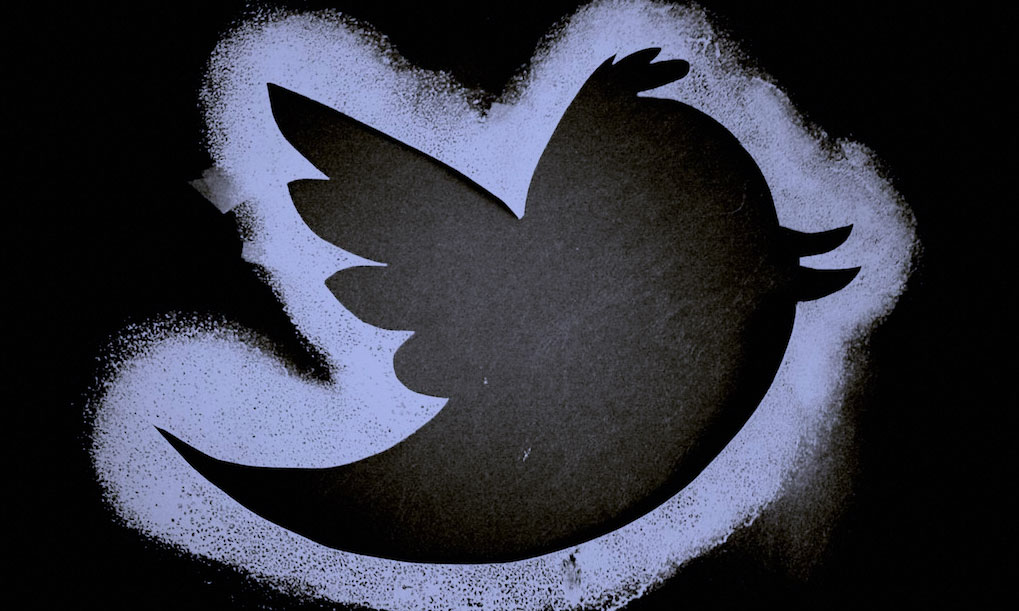
Public Health Association Hits 200,000 Twitter Followers
David Fouse, director of communications at the American Public Health Association, details how APHA achieved this milestone and what it means for the organization.
Cementing its place as a leader in health industry news and information, the American Public Health Association announced last week that its @PublicHealth Twitter handle is now being followed by more than 200,000 people.
Launched in 2007, @PublicHealth is one of the organization’s five Twitter feeds and in 2011 was named one of Time magazine’s top 140 feeds to follow. The growing following means APHA is reaching an audience far more numerous (about four times, to be exact) than its members and has become a major voice in a larger conversation on public health.
We try not to ignore our followers. If they have a question, we answer or refer them to where they can find the information, and we don’t forget the account just because it’s after hours or the weekend.
APHA Director of Communications David Fouse shares a few quick keys to the association’s Twitter success.
Why do you think you were recognized by Time as a top Twitter feed to follow?
We had gotten the @PublicHealth Twitter handle before anyone else, to be honest with you. We were kind of first on the scene as an early adopter, and that got us out there. We’re easily searched and found when someone’s interested in the field of public health.
We’re also a credible, evidence-based organization, so we have a very credible voice in the field, a nonpartisan voice that reports the facts.
How do you think APHA attracted so many followers?
Content, in terms of establishing the Twitter feed as a go-to account for what’s happening in public health. We really try to look beyond our four walls at the association with not just APHA news, but we tweet the latest research and reports in the field.
Regular posting—making sure we post on a regular basis several times a day, even on weekends or holidays. You don’t want to start an account and abandon it.
Interacting with our followers and supporting others in the field of public health so APHA is part of a much larger public health field. We support our partners and other health agencies by sharing information and retweeting and taking part in their Twitter chats, for example.
Constantly monitoring and responding to tweets, so when somebody does a shout out to us, we reply back or raise a question. We try not to ignore our followers. If they have a question, we answer or refer them to where they can find the information, and we don’t forget the account just because it’s after hours or the weekend.
Have you seen any effects of Twitter follower size on your organization?
We have not seen the correlation to growth in membership, [but] I think we have a growth in activity, or interaction. There has been more robust conversation that APHA has been a part of as a result of our presence on Twitter.
[The evolution] of social media has really turned our communications approach on its head, as with all other associations. The last three to five years has certainly meant a dramatic impact on the way we communicate with our members, our prospective members, and partners, and it has really opened up new ways for us share information and communicate.
(photo by eldh on Flickr)






Comments